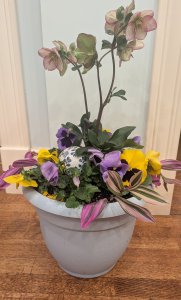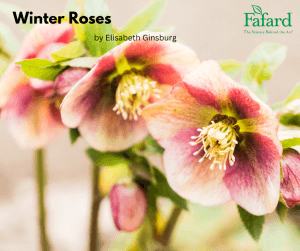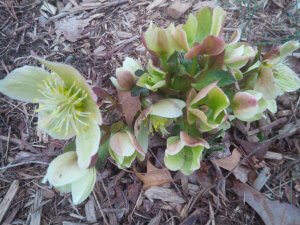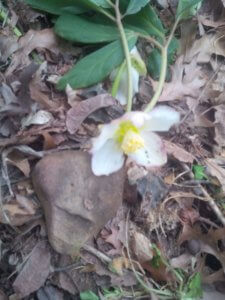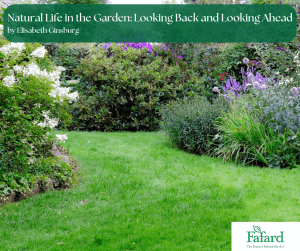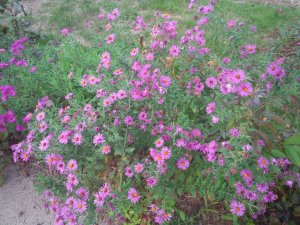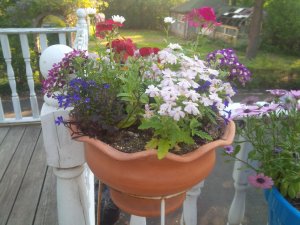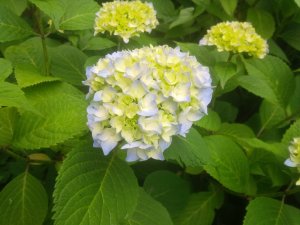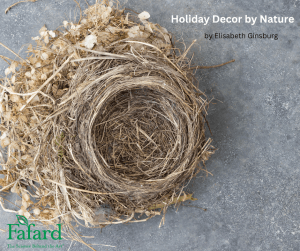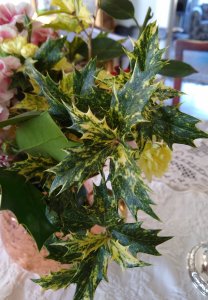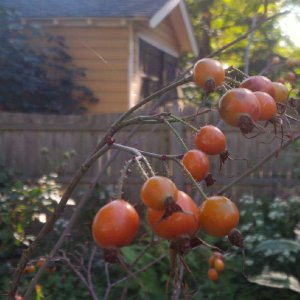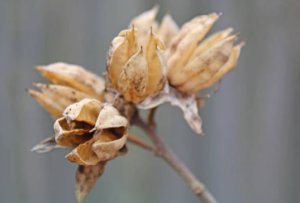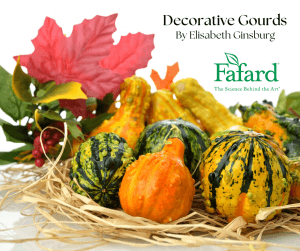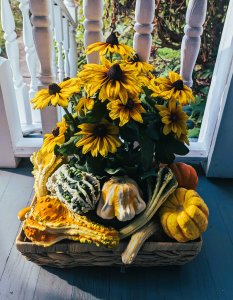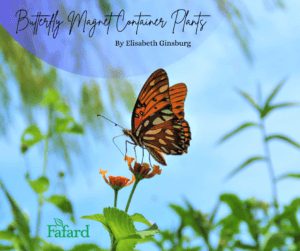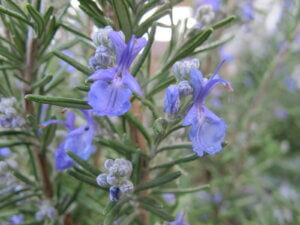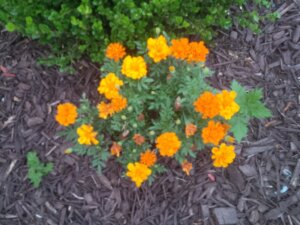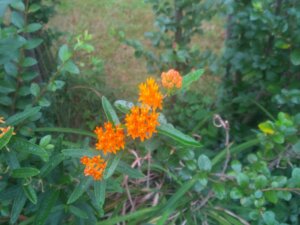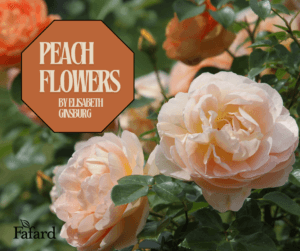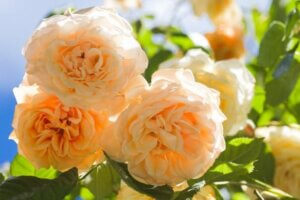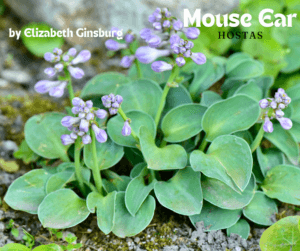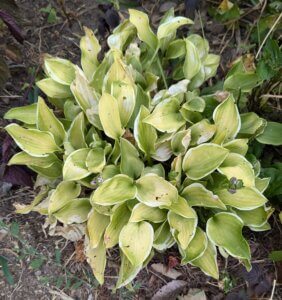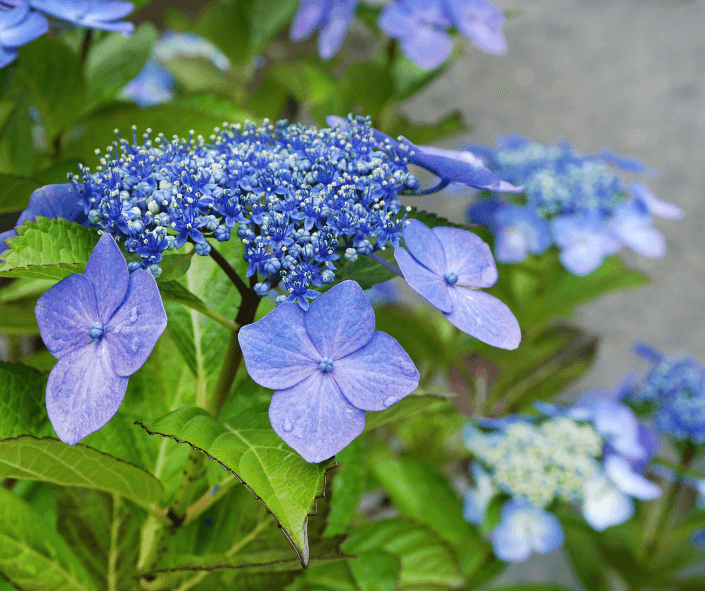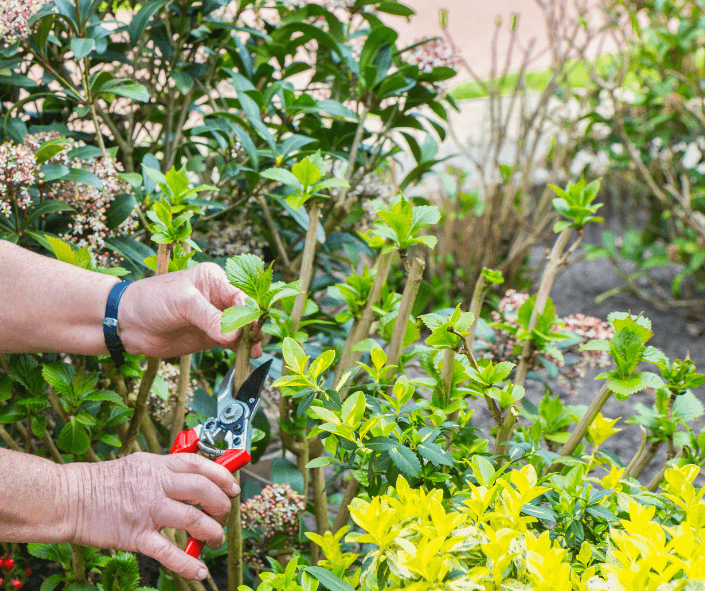Gardeners sometimes curse the shade. At first glance, every desirable plant in the garden center seems to require at least six hours of direct sunlight per day. But shade can also be a blessing. It not only keeps you cool as you pull weeds and spread mulch, but can support plants that provide color, interest, and lovely flowers.
The hardy geranium or cranesbill clan is home to many garden stars, with shade-tolerant species and varieties abounding. Breeders have gotten wise to increased public demands for tough plants that thrive in less light and are working hard to develop even more of them.
Hardy Geraniums 101
What is a hardy geranium, and how does it differ from the annual geranium plants that adorn pots, plots and window boxes throughout the growing season?
Those bright red “window box” geraniums are members of the Geraniaceae genus, but are known botanically as pelargonium, a category that includes scented-leaf, trailing (ivy), and fancy-leaf types. In cold winter climates, most are grown as annuals, though some gardeners overwinter choice specimens indoors.
Hardy geraniums also belong to Geraniaceae, but are perennials, returning year after year. They do not boast the big, fluffy heads of some of their pelargonium relatives, but bear lovely, five petaled flowers in shades ranging from pure white through pinks, roses, blues, blue-purples and near-black, sometimes with contrasting veins on the petals. Most have lobed or incised leaves that are attractive even after the flowers fade, as well as seed capsules that resemble cranes’ bills, giving rise to the nickname. Hardy geraniums are useful for all kinds of growing situations, from rock gardens, to containers, to traditional garden beds. Many commercially available varieties are tolerant of at least light shade, but a special group of plants are especially appreciative of shady situations.
Fabulous phaeum

The largest category of shade-tolerant cranesbills is Geranium phaeum. Hailing originally from Europe, Geranium phaeum is made for shade, preferring lower light and humus-rich soil. The growth habit is sprawling, with plants rising to a height of about 18 inches and a spread of 24 inches. The species’ petals are generally a dark purple to purple-black shade, which accounts for the old-fashioned nickname, “mourning widow”. The word “phaeum” refers to the flowers’ dusky appearance.
But not all phaeums are as dark. The popular ‘Samobor’ variety features flowers that have deep red tints, as well as alluring dark red blotches on the sharply lobed leaves. Abandon mourning all together and indulge in brightness with the graceful white-flowered ‘Album’. Another pale-flowered variety is ‘Langthorn’s Blue’, which features petals of palest blue, edged in darker tones, and complemented by splotched leaves, similar to those of ‘Samobor’. Bred in Great Britain, ‘Alec’s Pink’ is dark rose-pink and not a bit somber.
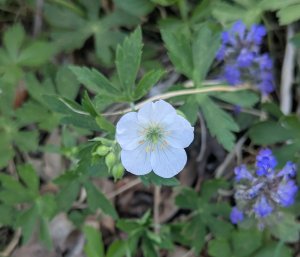
A Jolt in the Shade
If you are looking for a shade garden wake-up call, try Geranium maculatum ‘Espresso’. The large, mounding leaves are chocolate brown, contrasting nicely with the pink flowers. Discovered in Pennsylvania, it is a good choice for the shaded parts of native plant gardens. Other maculatums, like the pink-flowered ‘Beth Chatto’, and ‘Purpureum’, clad in purple petals, are also shade tolerant, but sport green leaves.
Hello Gorgeous!
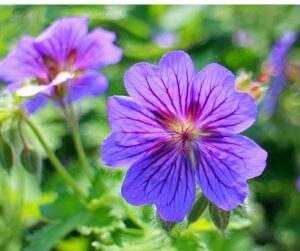
Geranium nodosum ‘Clos de Coudray’ is a recent discovery from France, and it is gorgeous. The typical five-petaled flowers of this “knotted cranesbill” are deep blue-purple with pale edges and deeper purple striations. The flowers show up from June through October, but even when the plants are not in flower, the dark green, lobed leaves shine and color up in the fall. Showing good tolerance for both shade and chilly weather, ‘Clos de Coudray’ is also perfect for containers at 15 inches tall and 18 inches wide. Other members of the nodosum species are also shade tolerant, including ‘Whiteleaf’, with flowers similar to those of ‘Clos de Coudray’, plus maroon shading at the base of each petal.
Woodland Wonders
The woodland cranesbill, or Geranium sylvaticum is a natural for semi-shaded areas, having originated in wooded areas of Turkey and Europe. Try ‘Birch Variety’, with petals of deep blue purple surrounding white central “eyes”. For added brightness and large white flowers try ‘Imaculee’. Another large-flowered sylvaticum is ‘Angulatum’, with big pink blooms.
Elegance in the Shade
For real elegance and impact, it is hard to beat Geranium versicolor. The lobed, blotched leaves have a soft, hairy feel, but the flowers steal the show. Each notched petal is white with prominent red-purple veins. Its sibling, Geranium versicolor ‘Snow White’ features the same blotched leaves, but they accent pure white flowers.
Cranesbills for shade are at once delicate and tough, right for a wide variety of garden or container situations. Most require consistent moisture and loamy soil. If your soil doesn’t quite fit that description, amend it with Fafard® Premium Natural and Organic Compost.
Local garden centers generally carry only a few hardy geranium varieties, and often ‘Samobor’ is the only available shade option. However, the internet abounds with possibilities. The versatile plants—which are also deer and rodent resistant—are worth the search.



